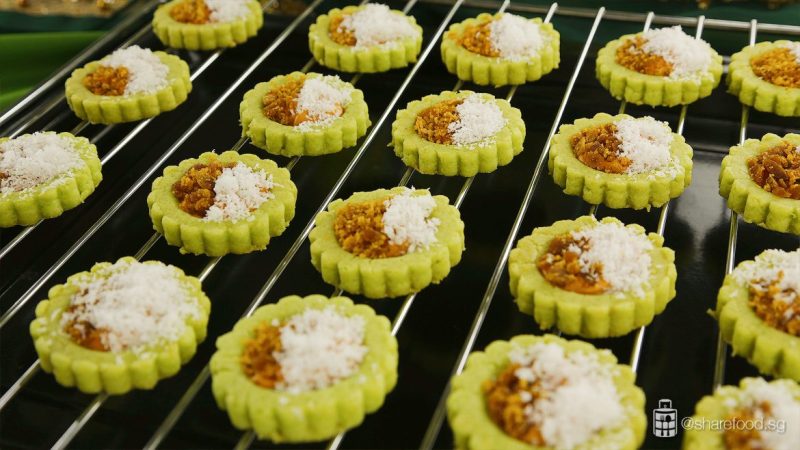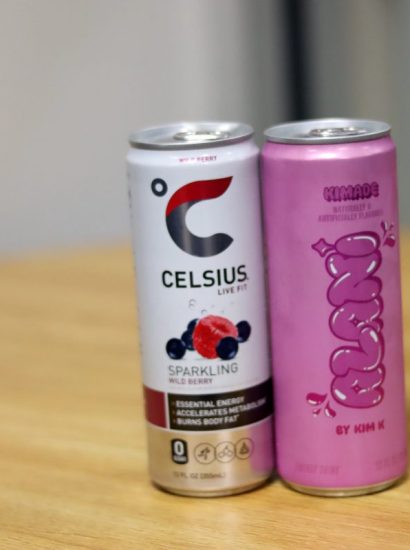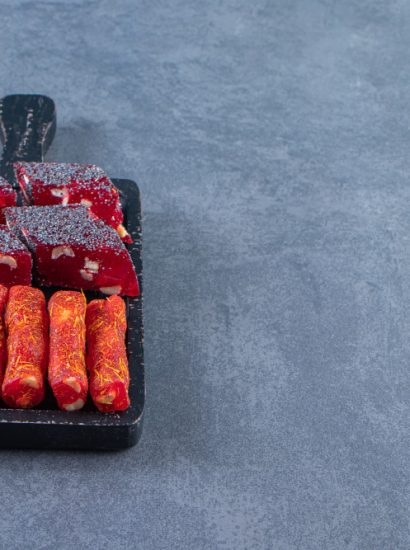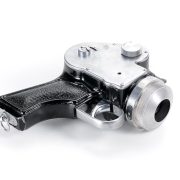Ondeh ondeh is a beloved Southeast Asian kuih (traditional snack) made of glutinous rice dough filled with molten gula melaka and coated in grated coconut. Simple yet sensational, it embodies the essence of local flavors: fragrant pandan, caramel-rich palm sugar, and soft, chewy texture. Now, imagine all that in a delicate, buttery tart shell—this ingenious creation has sparked a trend that’s sweeping dessert lovers across Singapore, Malaysia, and beyond. In this comprehensive guide, we explore the origins, anatomy, baking tips, flavor variations, cultural impact, and storage techniques for this irresistible treat.
Origins of Ondeh Ondeh and the Tart Twist
Ondeh ondeh first emerged in the Malay Archipelago, crafted from rolled dough flavored with pandan, encasing a molten core of gula melaka, and rolled in freshly grated coconut. Its name, an onomatopoeic “ondeh…ondeh,” mimics the light bounce it makes when dropped in your mouth.
The transformation into a tart began as home bakers and artisans craved a baked-on version. By transplanting the core flavors into a buttery shortcrust base, they created the Onde Onde Tart—a hybrid that preserves tradition while lending elegance and portability. This tart fits seamlessly into high tea spreads, corporate catering, and modern patisserie showcases.
Anatomy of an Ondeh Ondeh Tart
- Shortcrust Pastry Shell: Made from flour, butter, egg yolk, vanilla, and a hint of salt. It’s baked until golden, offering a crisp vessel for the filling.
- Gula Melaka Filling: A molten caramel center crafted from coconut sugar, light coconut milk, and a pinch of salt. When poured into the shell, it becomes gloriously gooey as it bakes.
- Pandan or Coconut Custard Layer (optional): Some versions include a thin custard flavored with pandan leaves or coconut cream, bridging the brittle shell and sweet core.
- Topping & Garnish: Freshly grated or desiccated coconut, slivered almonds, or pandan chiffon for visual appeal and texture.
The result? A harmonious blend of buttery flake, caramel flow, and tropical aroma with each bite.
Step-by-Step Baking Guide
(a) Crafting the Pastry
- Combine 200 g flour, 120 g cold unsalted butter, 50 g icing sugar, a pinch of salt.
- Pulse or rub together until pea-sized crumbs form.
- Add 1 egg yolk and 1–2 tbsp cold water. Bring into a dough.
- Chill for 30 minutes to firm the fat.
(b) Pre-Bake the Shells
- Roll dough to 3 mm thickness, cut rounds to fit tart tins.
- Line tins, flute edges, dock with a fork.
- Blind bake at 170 °C for 12 minutes with parchment and beans. Remove beans; bake 5 more to dry.
(c) Prepare Gula Melaka Filling
- Melt 150 g grated gula melaka with 60 ml coconut milk, 20 g butter, and a pinch of salt.
- Simmer until glossy and thick. Cool slightly.
(d) Assemble & Bake
- Spoon filling into prebaked shells, nearly to the brim.
- Optional: pour a thin custard layer on top.
- Bake at 170 °C for 8–10 minutes until just set.
(e) Garnish & Cool
- Sprinkle grated coconut or almonds.
- Cool on rack till tart is firm but filling remains molten.
Flavor Variations & Creative Twists
- Pandan Infusion: Add pandan juice to dough or custard for vibrant green color and aroma.
- Chocolate Gula Melaka Center: Mix melted dark chocolate into the caramel for an indulgent twist.
- Coconut Custard After-Bake: Finish with a puddle of creme patissiere infused with coconut.
- Mini Bites: Muffin-sized tarts make perfect party portions.
- Salted Gula Melaka: A sprinkle of flaked sea salt elevates caramel sweetness with contrast.
These variations add personal flair while celebrating the core flavor identity.
Tips for Perfect Ondeh Ondeh Tarts
- Chilling is key: Both dough and filling need adequate cooling to set layers properly without overflowing.
- Blind-bake thoroughly: Prevent soggy bottoms by fully drying out tart shells.
- Anchor fillings: If your filling is too runny, fold in a little cornstarch or egg yolk to thicken.
- Use light coconut milk: Helps keep caramel firm while retaining flavor.
- Cool gently: Letting the tarts rest for 10 minutes aids filling-settling without solidifying core texture.
Onde Onde Tart in Culture & Business
- Home baking resurgence: Popularized through Facebook and Instagram baking circles since 2022.
- Boutique patisseries offerings: Shops like Bake ‘n Tale and Sweet Haven spotlight it as a signature item.
- High tea staple: A favorite on corporate catering menus and upscale buffet tables.
- Global fans: Available in diaspora bakeries worldwide, celebrating regional heritage.
This tart anchors Southeast Asian flavors in modern culinary expression.
Storing, Shipping & Gifting
- Room-temperature storage: Airtight container at ~20–22 °C for up to 2 days.
- Refrigeration: Extended to 5 days—bring to room temp before serving for gooey texture.
- Freezing: Freeze singular tarts for up to 3 months. Thaw in fridge overnight and warm 5 minutes in a 150 °C oven.
- Shipping tips: Use sealed boxes with gel-cooling packs. Wrap individual tarts. Choose fast 1–2 day delivery.
Perfect for gifting, catering, or cross-border shipping.
Conclusion
The Ondeh Ondeh Tart – A Buttery Twist on a Traditional Kuih Favorite is a shining example of culinary innovation—bridging nostalgia with artistry. With its crisp shell, molten sugar heart, and tropical flair, it’s a dessert that delivers layers of pleasure: buttery crumble, sweet chew, aromatic nostalgia. Whether you’re baking at home for loved ones, sourcing from boutique patisseries, or offering it to guests, this tart satisfies like no other. It’s tradition reinvented—sweet, modern, and utterly irresistible.
FAQs
1. Can I make the tart gluten-free?
Yes! Use a gluten-free flour blend and xanthan gum. Bake as usual, but cool shells fully to help structure setting.
2. What’s the best substitute for gula melaka?
Dark palm sugar or soft brown sugar work in a pinch—but gula melaka’s complex molasses flavor is the gold standard.
3. Can I double the filling recipe?
Definitely—just measure your tart trays’ capacity. The filling ratio (150 g gula melaka to 60 ml coconut milk) scales neatly.
4. Do I need a custard layer?
No—but it adds creaminess and depth. If you prefer simplicity, omit it and skip custard preparation.
5. How to prevent leaking during bake?
Avoid overfilling. Most melt settles in the center, so fill to just below the rim. Blind-bake shells until firm but not browned.
Also read: Sin Chow Bee Hoon – A Stir-Fried Noodle Classic with Southeast Asian Flavors









